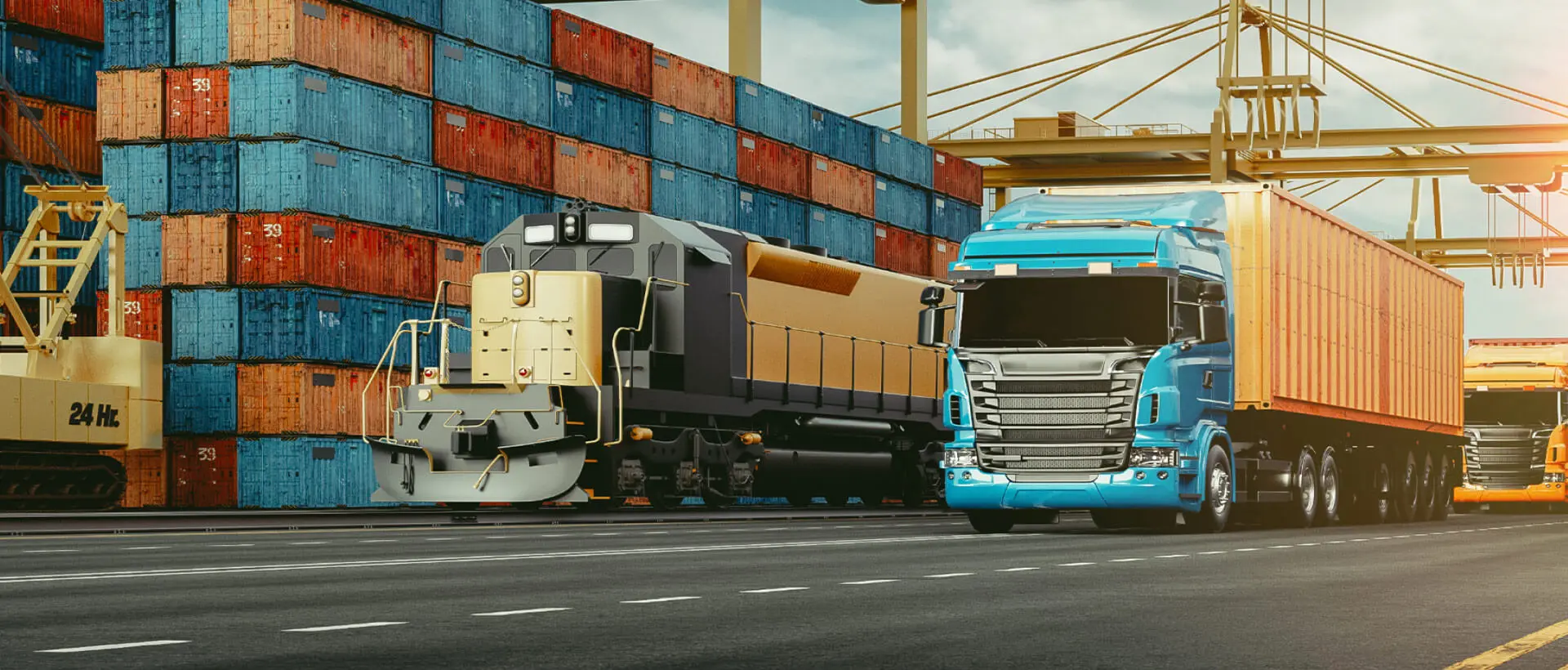Sea freight only — risk transfers when goods are on board at origin

What is FOB?
FOB is an Incoterm for sea and inland waterway transport. The seller clears the goods for export and loads them on board the vessel at the port of shipment. From that moment, risk passes to the buyer. FOB is best for non-containerised breakbulk or project cargo. For containerised cargo, use FCA.
Risk and responsibility
| Task | Party | Notes |
|---|---|---|
| Export packing and documentation | Seller | Invoice, packing list and export docs |
| Export clearance | Seller | Seller files export declaration |
| Terminal handling at origin | Seller | Up to loading on board. Some items vary by port and contract |
| Loading on board at port of shipment | Seller | Risk transfers when on board |
| Ocean freight and insurance | Buyer | Insurance optional for the buyer |
| Destination charges, import clearance and delivery | Buyer | At destination port and final delivery |
When to use FOB
- Non-containerised sea freight like breakbulk or project cargo.
- Where seller is able to load directly onto the vessel at origin.
- When the buyer prefers to control the ocean booking and insurance.
Common mistakes
- Using FOB for containers. Use FCA for containerised or multimodal moves.
- Not specifying the port and vessel details clearly in the contract.
- Assuming insurance is included. It is not under FOB.
How Clintopia helps
We handle export formalities and safe loading on board when FOB is agreed. For ocean bookings and routing help, see Sea Freight. For tariff codes and entries, see Customs Clearance. For UK port to site legs, see Container Haulage.
Related terms
- Incoterms hub
- CFR
- CIF
- FCA for containers
- Cargo Insurance
- Commodity or HS Code
- EORI Number
Need to talk to a logistics expert?
Call usFOB — FAQs
Can't find the answer to your question? You can always request a callback from our team of experts!